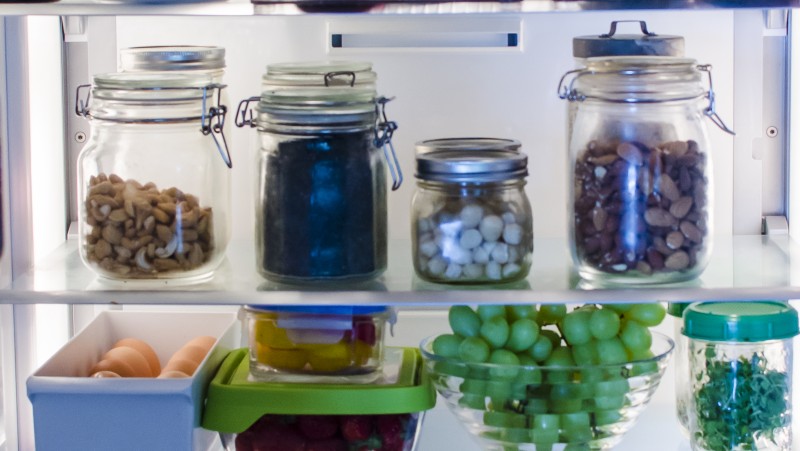There’s no complementary recipe quite yet, as first we want to give you some tips and tricks to prepare for successful recipe making!
Here are some Recipe Tips to consider when starting any cooking process or when you are approaching a new recipe. Try incorporating these 15 tips into your cooking routines, and you will be on a path to a happier, healthier, and more delicious life right away.
- Realistically determine how much time you have and whether you have enough time to cook a specific recipe. Otherwise it’s stress not cooking.
- Start with fresh produce, and think about what’s available locally and seasonally.
- Be mindful of how you are feeling. Your body might be craving a type of vegetable or a soup, for example. You will feel much more nourished if you eat a dish that satisfies your craving.
- Check to make sure that you have all the right kitchen equipment for the recipe.
- Read through the entire recipe to make sure that you have all the ingredients on hand and know how long it will take you to prepare the recipe.
- Shop economically. Here are a few examples. Try saving money by going to the bulk section and just buying the small amount of an ingredient you need for a recipe rather than a whole package of that ingredient. Split a large wholesale package up between friends. The least processed and packaged a food is, the cheaper it will be. Compare the price of frozen vegetables to fresh vegetables when shopping out of season. Vegetables that are frozen are always frozen at their peak of freshness which means they are very nutritious.
- Save yourself a trip to the grocery store. Innovate, be adventuresome, that’s what good cooks do! If you can’t find the right herb or ingredient think about what else you have on hand that you could substitute.
- You can substitute dried herbs for fresh herbs. Please note that if you are using dried herbs, you only need 1/3 of the amount of fresh herbs called for in the recipe.
- Consider making a double recipe and freezing any leftovers. This works when cooking savory foods like soups and casseroles (as long as you have a big enough pot!) but do not do this when you are baking. Baking is more of a science, and measurements need to be precise for your recipe to turn out properly.
- Taste the dish as you cook, to make sure you like the way it is seasoned, you can add more salt, pepper or spice to it if you like.
- If a recipe calls for gluten-free flour, you can choose buckwheat, quinoa, or any gluten-free baking mix you like. The baking mixes mimic the texture of wheat flour in baking nicely, but check the ingredients as they are often filled with garbage ingredients, high in carbs and high in calories.
- For sweeteners, yacón syrup can sometimes be hard to find and is expensive, but is a great substitute for maple syrup or honey. I like using organic raw honey and organic maple syrup occasionally , as they each have their own nutritional properties, but beware they will affect your blood sugar. Lakanto is also awesome because it is just like granulated sugar, it substitutes well in baking, and won’t affect your blood sugar. Stevia is a good option too, but be careful with proportions, you only need to use a tiny bit, or it can be overly sweet and have a funny after taste. Avoid artifical sweeteners.
- Olive oil is a personal favorite for cooking. When oil is heated it loses it’s nutritional properties, so when you can, try sautéing your vegetables or proteins in a little vegetable or chicken broth, and add the olive oil at the end of the cooking process to add flavor and fat to your recipe.
- Engage your families and friends in the cooking or cleaning- up process – have fun with it. Put on some music, sip some wine.
- Lastly, remember to take the time to sit down and enjoy what you’ve made! Chew slowly, be present, enjoy your company and be thankful for the food that is nourishing your body.
Health Coach Rita Thomas and Chef Erin Holm hope to inspire families, friends and communities to live happier, healthier and more delicious lives.
Sign up for their weekly health and recipe blog to start your journey to good health.


